Spellbreak is the latest battle-royale to drop into the fight amidst well established games like CoD: Warzone, Apex Legends, and the obvious Fortnite. Rather than try and shake up the established formula, Spellbreak plays it a bit safe in some regards, but its robust, addicting spell-slinging is nearly enough to carry the entire experience. It may not be the most original take on battle-royale at its core, yet sometimes all you need is a damn fine combat system to get people through the door.
Spellbreak is Avatar: The Last Airbender, but with mages.
If the game’s title wasn’t already a dead giveaway, Spellbreak is all about magic. There are no guns, no bows, no swords; just raw, brutal spellcasting. At the start, Spellbreak introduces players to its unique magic-casting combat via a relatively informative tutorial. There the game not only introduces players to a few of the arcane-infused gauntlets – Spellbreak’s version of weapons – but the handful of different loot options available in the game.
For starters, you can carry two gauntlets at a time in Spellbreak, though whatever you carry in your right-hand can’t be swapped out for a different element. That’s because Spellbreak features a light class system, and prior to every match you’ll pick one of the six elements to drop in as. From there players will find the usual array of loot, but it has all been streamlined into a more focused affair. There isn’t a true inventory system in Spellbreak, because the gear and consumables are all fairly straightforward.
There are only two consumables (both with a small/large variant), three pieces of equipment, lootable skills called Runes, scrolls for improving passive talents, and the gauntlets themselves. It doesn’t take long to wrap your head around how looting in Spellbreak works, which is important due to the smaller scale of the matches, at least when compared to similar battle-royales.
Each match features a mere 42 players – less than half the usual number found in other games – and while the map can sometimes feel a bit too large for that player-count, it’s still smaller than most. The easy to parse loot means players are able to drop in and equip themselves in rapid order, leading to much more dramatic fights where survival doesn’t feel as heavily weighted by gear.
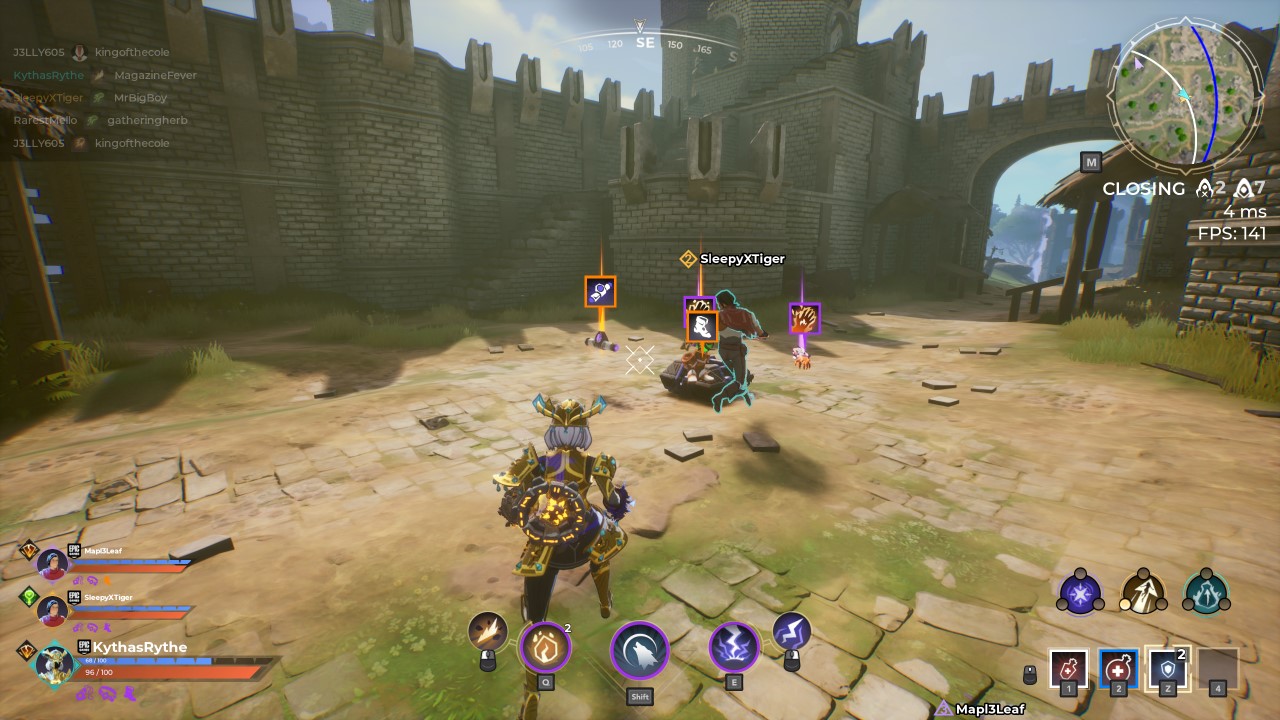
That’s not to say gear doesn’t play a role. There’s only three items that affect your “stats” in Spellbreak: an amulet for total mana (your casting and flying resource), a belt for armor, and boots for a general speed boost (you can’t sprint in Spellbreak). Aside from consumables and scrolls, everything drops as one of the five rarities, so an orange legendary belt will provide a substantial increase to armor as compared to a white regular drop.
Yet, because the loot is simplified, and the map more compressed, it doesn’t take long to find at least a blue or higher quality drop for each item, to include gauntlets. Spellbreak matches are snappy due to this design choice, and that’s for the best. Map design is pretty damn mediocre at best. There are two to three noticeable biomes, and each is populated by highly similar, run of ruined castles and keeps. Spellbreak’s watercolor cell-shading is quite good, but it alone can’t carry the tedious map design and so-so graphics alone on its back.
Combat, however, does. While the world of Spellbreak is uninspired, the battles are anything but. Each of the six current elements are explosive and powerful, and you quite literally feel like a bender out of Avatar. I’m certainly not the first person to make this allusion, and I won’t be the last: from the massive fissures that erupt from the earth, giant tornadoes, electrified storms, fire walls, and clouds of poison, the combat in Spellbreak frequently makes you feel like a badass wizard toying with elemental forces they probably shouldn’t be.
What makes combat in Spellbreak truly sing though is how well every element combos off each other. The dual-wield nature of the gauntlets often leads to you scrambling for the most optimal combination that best suites your playstyle. Frost is the sniper analogue in Spellbreak, yet long-range death dealers will find the shorter range Conduit gauntlet pairs quite nicely with it. If a Pyro mage melts your ice you’ll simply follow-up by electrifying the puddle and damaging your opponent. There are clear counters to each element as well, so battles often become heated dances between the elements.
Throw in the ability to “fly” (at the cost of your spell-fueling mana), and the various Runes that each provide a unique skill for players to carry into battle (such as teleportation or invisibility), and you wind up with a satisfyingly punchy combat system that is a thrill to engage with again, and again. Emphasis on “again”, because Spellbreak is a battle-royale after all. Unlike other battle-royales, however, Spellbreak also has a leveling system, both inside and out of matches.

During a match your chosen class will unlock new passives as you level up. You gain experience from looting and from killing, and the boost in power has noticeable affects on each stage of a match. The early game is a patient ballet of careful attacks, but by the late-game all caution is thrown to the wind as the remaining players pummel each other with their enhanced kits. Stoneshapers are lobbing extra boulders as Toxicologists use their deadly clouds to enter stealth for an unexpected kill. The leveling system gives each match in Spellbreak a clear, concise sense of escalating progression, where every battle ends with a palpable sense of excitement.
Outside of matches your class and account will level up, and aside from some free cosmetics, you’ll also acquire talents that you can take with you into battle. These talents can range from increased attack speed, to finding more scrolls among your loot (which boost a talent’s power). They lend Spellbreak a tangible sense of out-of-match progression, so even if you get completely annihilated you continue to advance in power.
This is all well and good, and the outstanding combat alone is reason enough to try the game, but a litany of consequential bugs have made Spellbreak a harder game to sell than it was at launch. For starters, Spellbreak uses bots to round out matches, and your first match ever is nothing but bots. Problem is a bug recently made it where bots were overpopulating games, and since they’re not the brightest bunch of AI ever created, this led to matches losing all sense of momentum.
Proletariat have since hotfixed the issue in all three lobbies (there’s are solo, duos, and trio “squads” options for matchmaking, and all were affected), but something still feels broken. Either the 5 million player population has evaporated overnight, or the matchmaking has become astonishingly broken. When queuing for a match after the hotfix, I found most of my lobbies would idle for five minutes as players trickled in, before punting us into a match with a piddly 14 or so players. This was solo, mind you. Squads seem stuck at nine players on average, meaning the bots are still an ever present problem.
A litany of consequential bugs have made Spellbreak a harder game to sell than it was at launch
I actually wouldn’t be surprised if the anemic lobbies are due to players moving on, largely thanks to a second major bug that was recently patched. Auto-aim on PC became a legitimized aimbot, and since Spellbreak is a crossplay game without a way to opt-out in-game, that meant even console players were going up against what felt like a plague of cheaters. It was an absurdly easy bug to take advantage of: plug in a controller, and push Spellbreak well above 120 frames-per-second. Pair the issue with the already sticky Conduit gauntlet and you have yourself a free aimbot.
I would not be shocked if both of these bugs are what alienated players, and I’ve said nothing about the Switch port. In theory, Spellbreak is the perfect Nintendo Switch battle-royale. The graphics are not overly intense to render thanks to a larger reliance on art-style over fidelity, and the smaller player count paired with the smaller map should technically provide the Switch some additional breathing room games like Fortnite can’t provide. But, no, performance is often below 30 frames-per-second, despite the resolution dipping well into “too blurry to see anything” territory. Factor in the screen black-out bug that remains even after the recent patch that was supposed to correct it, and you have yourself a port many players have likely put down.
These issues break my heart, because at the end of the day Spellbreak is a good battle-royale with genuinely sublime combat. When you’re in the middle of a tense team fight, with spells whizzing by your head and elements exploding left, right, and center, Spellbreak is a fantastically fun experience. Even the microtransactions are some of the tamest I’ve seen in a free-to-play game (there’s only a cosmetic shop that rotates items daily, and a selection of Founder’s Packs), which is damn refreshing in this day and age where $60 AAA titles are packed to the gills with every form of monetization ever dreamed of.
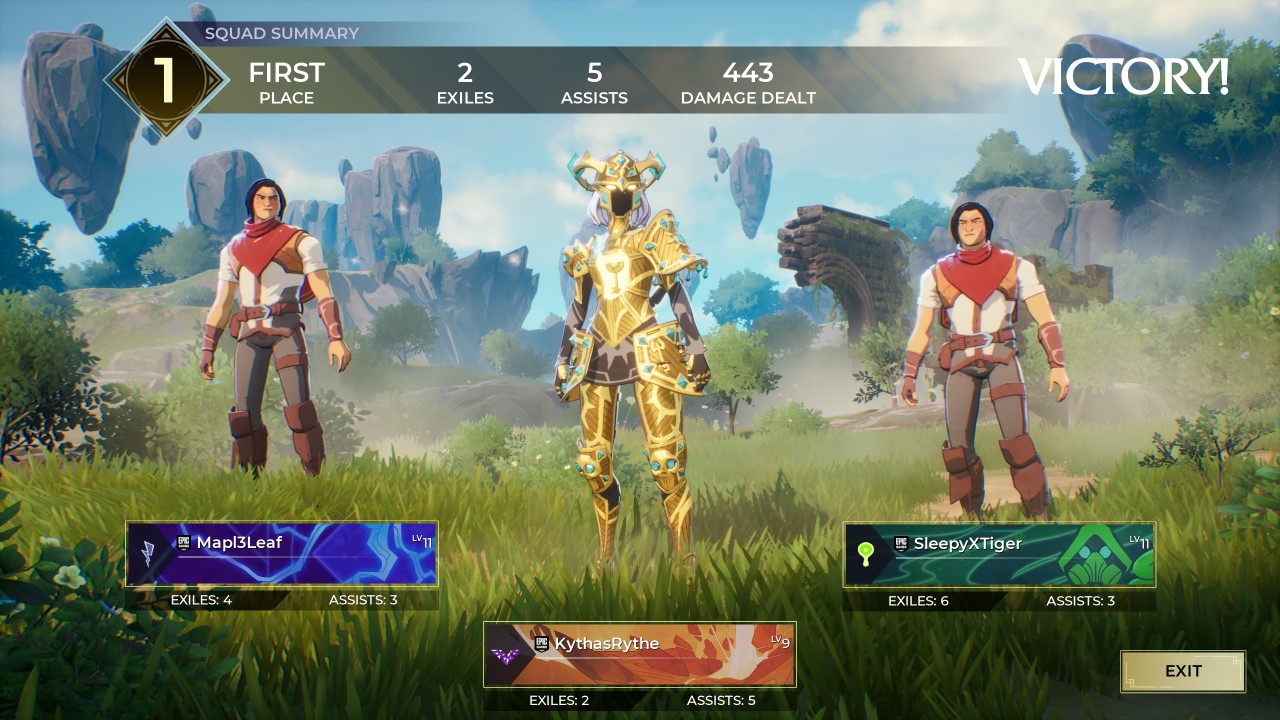
The Verdict
But you need players to fill lobbies, and right now Spellbreak has seemingly fallen out of favor for other, more compelling titles. I really hope that’s not the case, and that the matchmaking is merely broken after the supposed bot “hotfix”. That, or the matchmacking is simply being too strict. I dunno what’s going on, but it’s worth mentioning in this review.
Spellbreak is a good battle-royale with great combat. It’s graphics and world-design won’t “wow” anyone, but the ability to dish out devastating magical destruction in chaotic duals is unlike anything else currently on the market. As a free-to-play title, Spellbreak is absolutely worth a look, just brace yourself for some possibly barren lobbies.




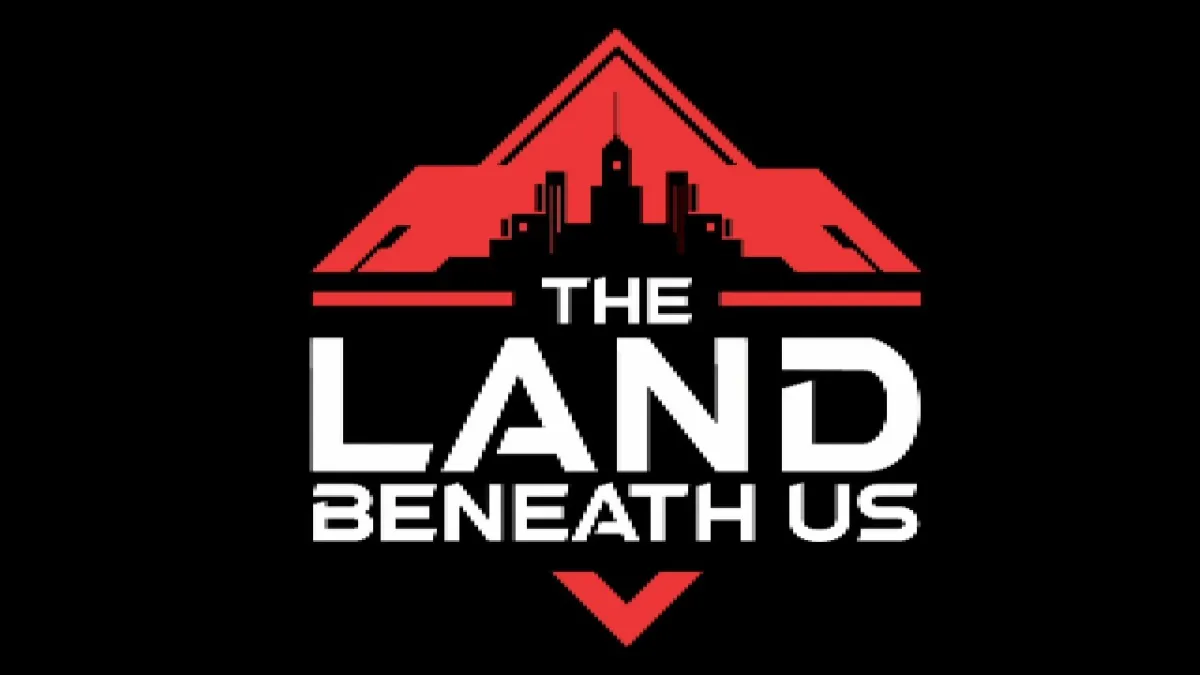
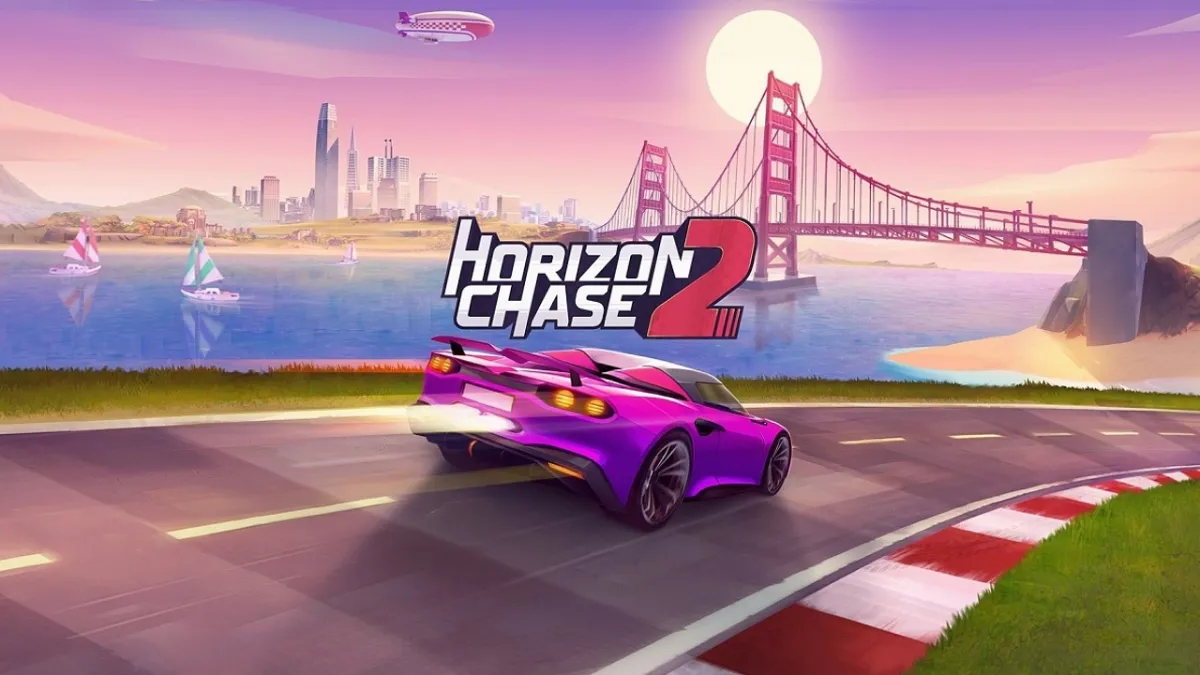

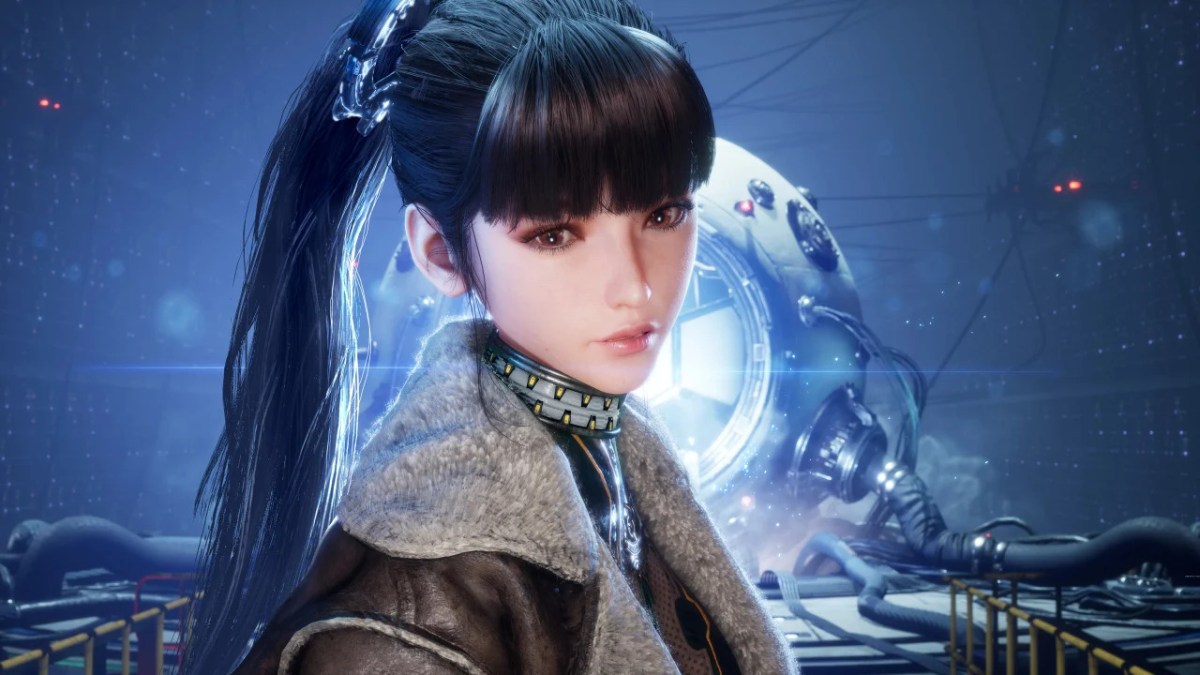

Published: Oct 1, 2020 04:24 pm